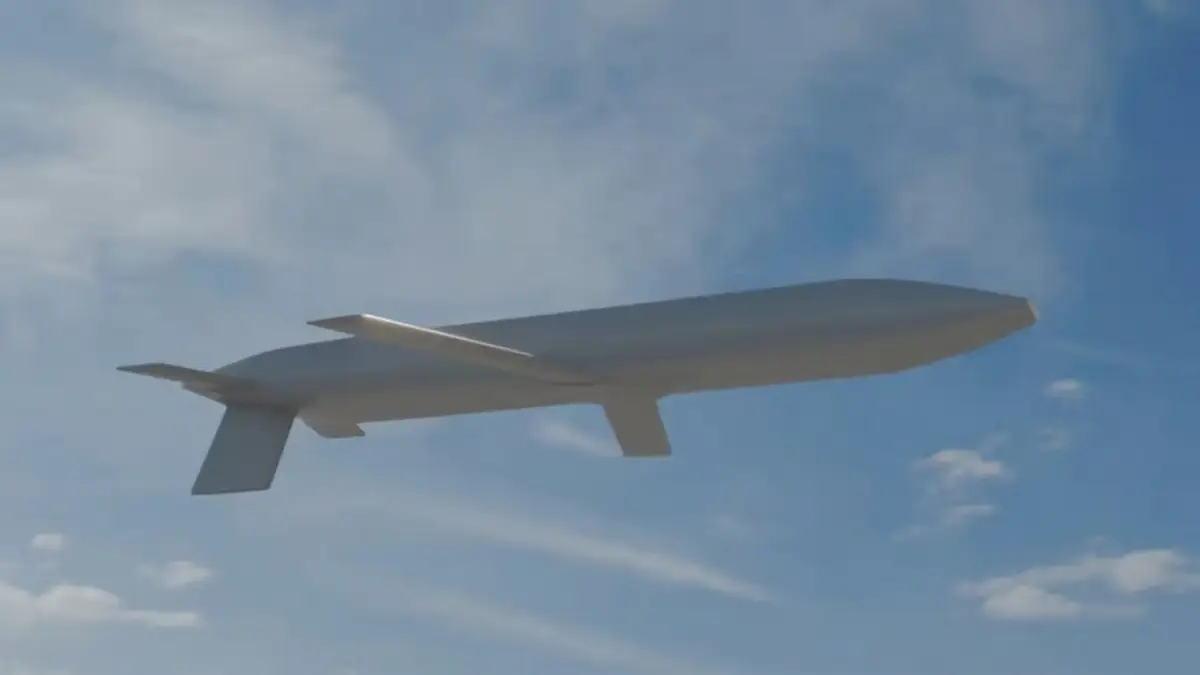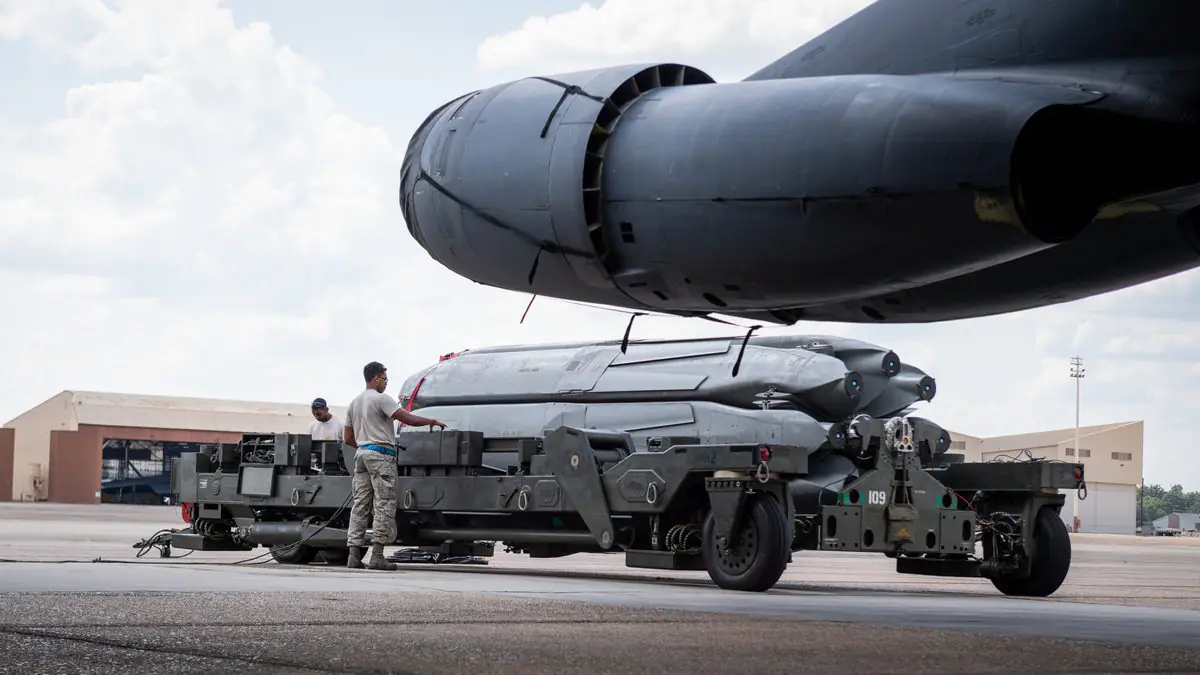The U.S. Air Force has unveiled a new nuclear cruise missile designed to arm strategic platforms – the stealth bomber B-21 Raider and the upgraded B-52 Stratofortress. This next-generation weapon is expected to feature low observability, resistance to electronic warfare measures, and a high-precision navigation system, enabling effective operation in high-risk environments.
The Air Force provided a rare opportunity to view the new nuclear-armed cruise missile, designated AGM-181A Long-Range Standoff (LRSO). Developed by Raytheon, the missile is intended to become a key component of the U.S. strategic deterrence system.

The AGM-181A LRSO is expected to combine features such as reduced radar visibility, resilience against advanced electronic warfare measures, and the capability for precise autonomous target guidance even under intense countermeasures. These capabilities will allow the missile to penetrate dense air defense systems and maintain effectiveness in the most challenging combat scenarios.
According to The War Zone, the recently released image of the missile suggests that this system will become the primary component of the air-based leg of the U.S. nuclear triad. The new nuclear cruise missile is being developed to replace the aging AGM-86B Air-Launched Cruise Missiles (ALCM), which have been in service since the Cold War. This next-generation weapon will provide the U.S. with a low-observable, subsonic missile capable of being launched from outside the reach of enemy air defense systems. It is designed to penetrate enemy defenses and strike critical targets even in complex combat environments.

The missile is expected to be equipped with a thermonuclear W80-4 warhead, featuring enhanced power, safety, and security measures. While specific technical details remain classified, experts believe the missile will include a next-generation airframe and engine designed to minimize radar and infrared signatures.
Special emphasis will be placed on controlling all types of emissions, as the LRSO will need to operate in environments without GPS signals and under heavy electronic warfare conditions. Preliminary assessments suggest its guidance system will feature autonomous threat avoidance and adaptive targeting capabilities, enabling effective real-time navigation without reliance on external data sources.
It is important to note that the LRSO is being developed not as a standalone system but as part of an expanded, integrated strike architecture. This will include the new stealth bomber B-21 Raider and the extensively upgraded B-52 Stratofortress, which will serve as its carriers. Additionally, the system will incorporate space-based sensors, command and control systems, and potentially classified escort aircraft. Together, these elements will form a networked strike complex designed to carry out strategic deterrence missions and penetrate enemy defense lines.

The new weapon emerges as the U.S. reviews the composition and structure of its nuclear forces in response to Russia’s and China’s ongoing strategic rearmament and expansion of their arsenals. The long range of the LRSO enhances deterrence capabilities, which is particularly important for demonstrating resolve, managing escalation, and preserving options for de-escalation in potential conflicts.
Unlike intercontinental ballistic missiles, bombers equipped with LRSO-type cruise missiles can be pre-positioned, put on alert, or recalled during a mission. This flexibility makes them a valuable tool for avoiding miscalculations in crisis situations – an especially relevant feature amid current global uncertainty and tension.
Test flights of the new missile are being conducted under strict secrecy, so detailed information about the program remains unavailable to the public. However, various indicators suggest that the project is progressing actively and on schedule. According to current plans, the missile is expected to enter service in the second half of this decade, though its final deployment will depend on budget priorities within the U.S. defense spending.
As the aging AGM-86 Air-Launched Cruise Missiles (ALCM) gradually reach the end of their service life and no other modern nuclear cruise missiles currently exist in the U.S. Air Force arsenal, the introduction of the AGM-181A LRSO will address a critical gap in America’s strategic deterrence framework.
As highlighted by The War Zone, this new missile is more than just another weapons system. It represents the United States’ firm commitment to maintaining an effective deterrence strategy amid intensifying great power competition.
Source: NewAtlas









